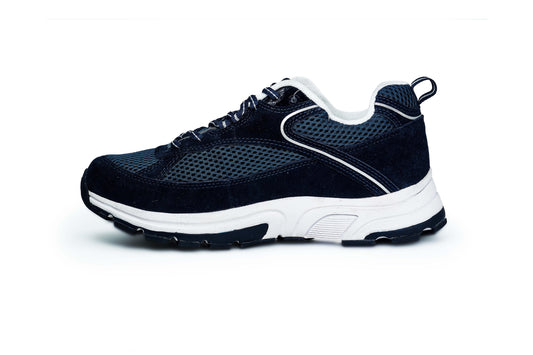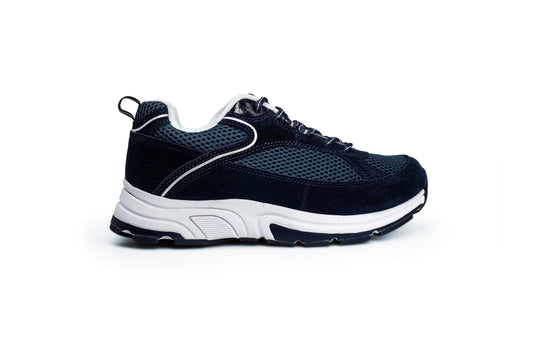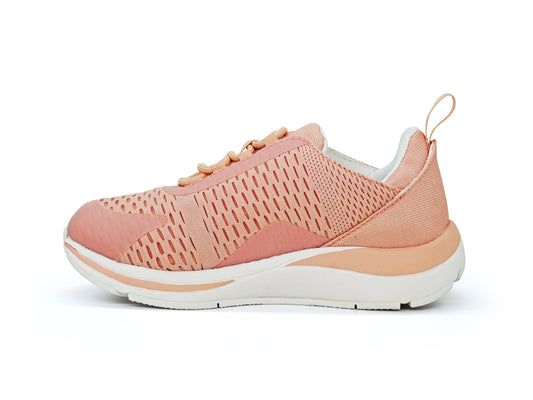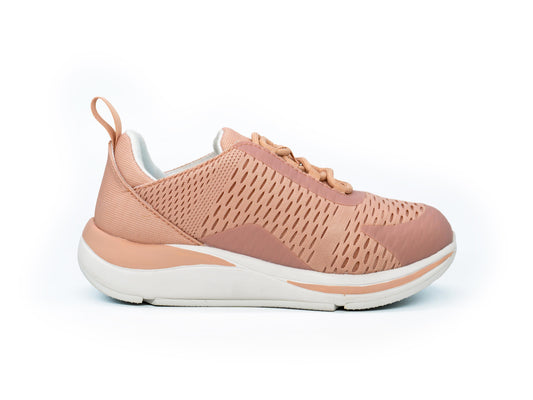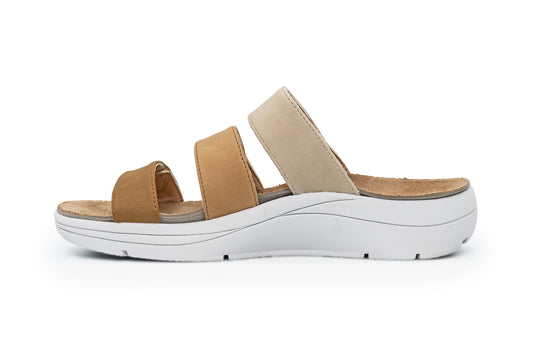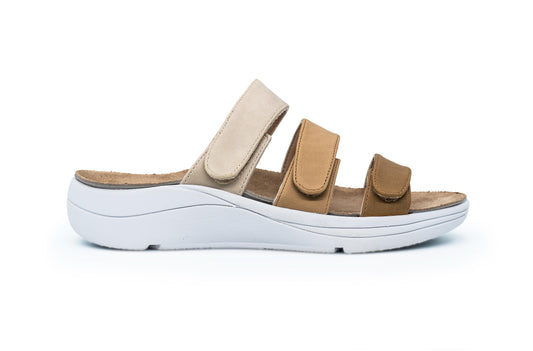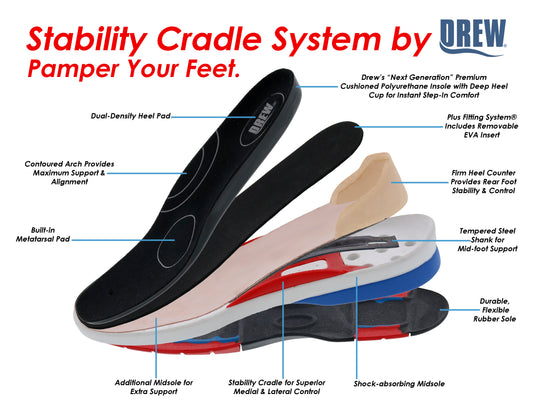THE IMPACT OF ORTHOPEDIC SHOES ON IMPROVING MOBILITY AND QUALITY OF LIFE
Our foot health is like the middle child—overlooked and considered unimportant until a problem arises that affects other aspects of our lives. Taking care of our feet is just as essential as caring for the rest of our body to maintain overall health and well-being. As the saying goes, "Prevention is better than cure," so paying attention to minor changes in foot health is crucial. In this blog, we will discuss the signs our feet give us in case of any anomalies.
What are orthopedic shoes?
Orthopedic shoes are specially designed footwear that provides support, comfort, and stability. They contain specific features such as arch support, cushioning, and heel stabilization to address common foot issues like flat feet, bunions, plantar fasciitis, arthritis, and other foot deformities. Unlike regular shoes, orthopedic shoes prioritize health and functionality over appearance. They aim to reduce foot pain, improve alignment, and prevent further discomfort or damage. While orthopedic shoes are commonly associated with treating foot problems, they can benefit anyone looking to improve foot health and prevent future issues, especially those who are active or spend long hours standing. These shoes offer immediate relief from foot pain and long-term benefits in mobility and comfort.
Role of orthopedic shoes in improving mobility and quality of life

Mobility is a significant aspect of life, essential for independence, physical activity, and overall well-being. Severe foot problems can make walking, standing, or engaging in daily activities difficult. Orthopedic shoes play a crucial role in improving mobility in several ways:
1. Pain reduction and prevention
Foot pain is a common cause of limited mobility. Conditions like plantar fasciitis, arthritis, and bunions can make walking and standing painful, ultimately reducing mobility. Orthopedic shoes are designed to alleviate or minimize pain through cushioning, arch support, and proper alignment. These features help distribute pressure evenly across the foot, reducing stress on soft tissues, including the heel, arch, and toes. For example, individuals with plantar fasciitis often experience sharp heel pain. Orthopedic shoes with cushioned soles and proper arch support can help reduce discomfort by preventing excessive stretching of the plantar fascia, providing relief with each step. Similarly, arthritis patients benefit from orthopedic shoes that offer shock absorption, making walking easier and reducing joint pain and inflammation. By alleviating foot pain, orthopedic shoes enable individuals to walk more comfortably and regain their mobility.
2. Improved foot alignment
Proper foot alignment is essential for maintaining good posture and preventing strain on other joints, such as the knees, hips, and lower back. Misalignment caused by flat feet, high arches, or overpronation can lead to compensatory issues that result in pain and discomfort throughout the body. Orthopedic shoes correct these misalignments by providing adequate support for the arches, heels, and toes. For example, individuals with flat feet benefit from arch support that stabilizes the foot and prevents excessive inward rolling (overpronation). Those with high arches require additional cushioning and support to distribute pressure more evenly across the foot. By promoting proper alignment, orthopedic shoes help prevent secondary issues such as knee pain, hip discomfort, and lower back problems, ultimately enhancing mobility.
3. Enhanced stability and balance
As people age, maintaining balance and stability becomes more challenging. Foot conditions such as joint weakness, deformities, or instability increase the risk of falls and accidents, severely impacting mobility. Orthopedic shoes enhance stability and help prevent falls. These shoes often feature wider soles, reinforced heel counters, and non-slip outsoles for better grip. These elements create a stable walking base, reducing the likelihood of falls due to instability. Additionally, orthopedic shoes provide structured support that keeps the foot aligned and ensures proper weight distribution, reducing the risk of twisting an ankle or losing balance. For seniors or individuals with medical conditions affecting balance—such as neuropathy, arthritis, or those recovering from a stroke—orthopedic shoes provide extra confidence and security while walking.
4. Cushioning for comfort
For individuals with chronic foot conditions or those who spend long hours on their feet—such as healthcare workers, teachers, and retail employees—comfort is essential for maintaining mobility. Orthopedic shoes are designed with advanced cushioning technologies, including memory foam insoles and shock-absorbing materials like EVA, which reduce impact and alleviate foot fatigue. By enhancing comfort and minimizing foot strain, orthopedic shoes allow individuals to remain active for longer periods, preventing foot pain from becoming a barrier to mobility.
Orthopedic shoes are more than just functional footwear; they are a vital tool for improving mobility and quality of life. By reducing pain, promoting proper alignment, enhancing stability, and offering superior comfort, orthopedic shoes help individuals regain independence, stay active, and enjoy life without the burden of foot problems. Whether you have a specific foot condition or simply want to prevent future issues, investing in the right orthopedic shoes can make a world of difference. By supporting your feet, you're not just taking care of your body's foundation—you’re ensuring a higher quality of life and overall well-being.
Take the Next Step Towards Comfort and Care
Discover the perfect balance of support, style, and expert guidance for your feet. Explore our collection of orthopedic and diabetic shoes designed to keep you moving with ease.
Start your journey to happy, healthy feet today!
Visit us at DiabeticShoe for more tips, insights, and footwear solutions.
Stay Connected:
Follow us on Facebook, Instagram, YouTube, LinkedIn, Twitter, Pinterest, and Quora for updates, advice, and more informative content.

